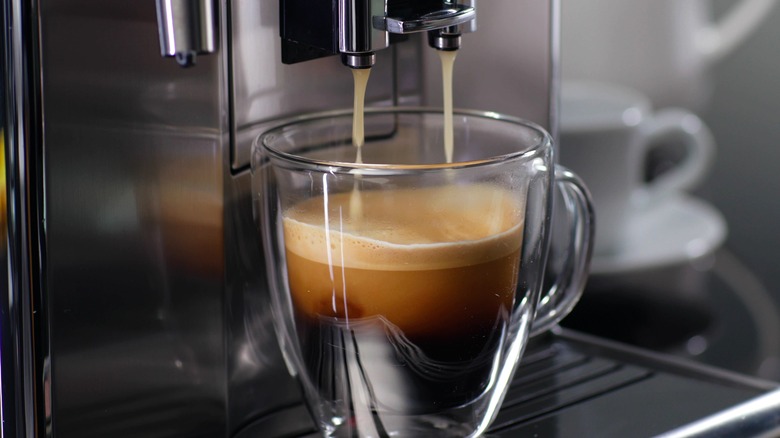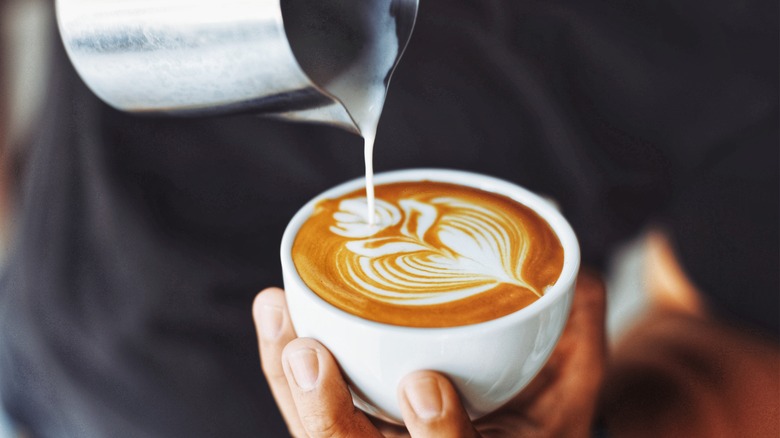What Is A Dead Espresso Shot And How Do You Avoid It?
The concept of a "dead" espresso shot often sparks debate among coffee enthusiasts. To uncover what a dead espresso shot is and how you can avoid it, Tasting Table spoke exclusively to coffee expert and ex-barista Matthew Woodburn-Simmonds, the founder of Home Coffee Expert. Woodburn-Simmonds shared his expert insights on this topic, describing a "dead" espresso shot as one that has been left sitting too long after being pulled, leading to the oxidation of oils and a resultant rancid taste. He states, "[Starbucks tells its] employees that an espresso shot is 'dead' 10 seconds after pulling, but this time frame is definitely made up to increase speed and sense of 'urgency' for the staff making drinks." This approach may appear to be more about efficiency and profit rather than ensuring the best taste for the consumer.
According to Woodburn-Simmonds, while some may believe that espresso shots die quickly, in high-quality espresso, it could take anywhere from three to 30 minutes, or "it may never occur at all." Factors such as the quality, age, and roast of your coffee beans play a crucial role in this process.
Interestingly, Woodburn-Simmonds says some espressos might even improve after sitting for a few minutes. "Some espresso will taste better after a couple of minutes sat cooling as the oxidization will release more complex flavor compounds, similar to letting a wine 'breathe,'" he enthuses.
How to avoid and revive dreaded 'dead' expresso shots
Matthew Woodburn-Simmonds offers clear guidance when it comes to avoiding the dreaded 'dead' espresso shot. The key lies in using fresh coffee beans, ideally within three weeks of roasting, and avoiding extremely dark roast beans, which are more prone to quick oxidation. This proactive approach ensures your espresso shots retain vibrant, lively, and robust flavors.
But what if you find yourself with a "dead" espresso shot that has already oxidized and developed an off-taste? Woodburn-Simmonds suggests a creative solution. "Making a Mocha or Breve coffee can mask the off-flavors of a 'dead' espresso shot. Flavored syrups... will also mask the off notes in the espresso," he notes. Adding fats or sugars can mask the rancid flavors of "dead" expresso shots, providing a way to salvage what might otherwise be a lost cause. "You can't turn back time on the oxidization process, but you can cover up the effects to a decent degree," he remarks.
The concept of a "dead" espresso shot brings to light the intricate balance of time, quality, and preparation in crafting the perfect espresso. Thanks to Woodburn-Simmonds's expert knowledge, we can now prevent and address the phenomenon.

